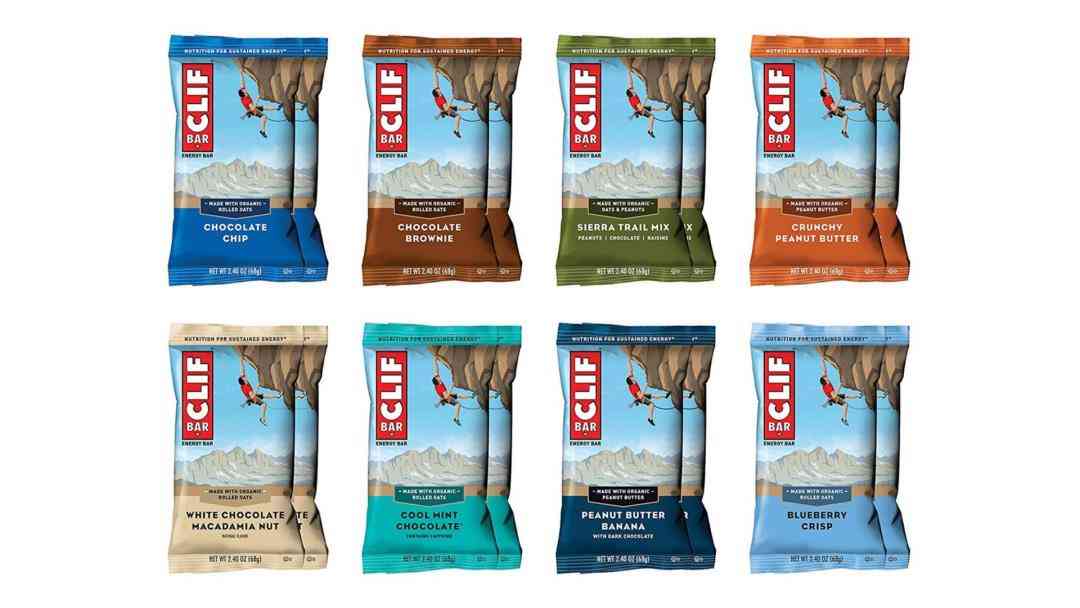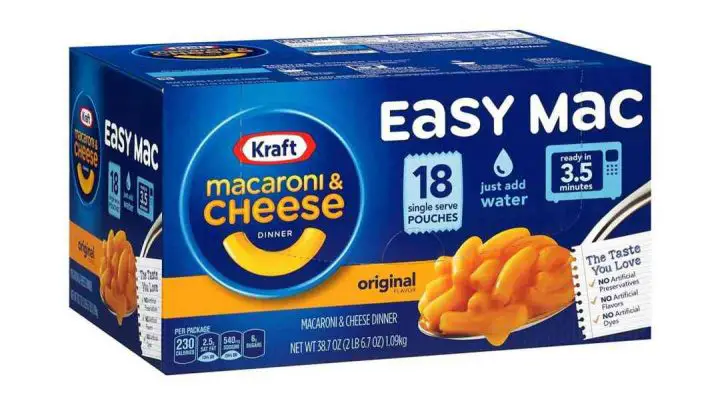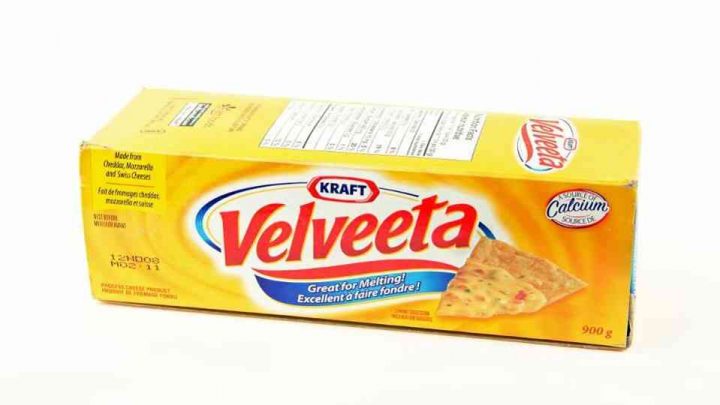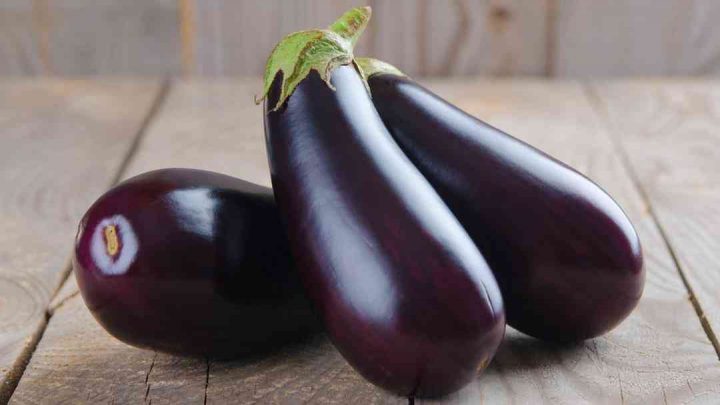The ketogenic diet has been proven to be much more than a diet fad. With research supporting claims such as a reduced risk for cardiovascular disease, lower blood sugar levels, weight loss, and increased energy, it’s easy to see why so many people are switching to the keto diet.
That being said, if you’re just getting started or thinking about starting, it can be hard to differentiate which foods are keto-friendly and which are keto foe.
Since the protein bar aisle can be one of the trickiest to navigate, here are three reasons why you should fight the urge to throw those Clif Bars into your shopping cart.
Reason #1: High in Net Carb Content
The first ingredient is a carbohydrate dressed up in a fancy name: organic brown rice syrup. Carbohydrates are the body’s immediate energy source, but with a ketogenic diet, the key is to keep the body in ketosis and use fat instead of carbohydrates for fuel.
If you’re familiar with the concept of the keto diet and the importance of keeping a low carbohydrate to fat ratio, it’s a no brainer that the first ingredient in your grab-and-go snack shouldn’t be a carbohydrate.
One single serving of organic brown rice syrup has 22g of carbs alone. To put that number into perspective, the average keto diet is based on 20-50g of carbs per day.
It would be nearly impossible to eat a Clif Bar and still hit your macronutrient goals because you would have to pretty much avoid carbs for the rest of the day.
Even fruits and vegetables are carbohydrates, and in their defense, fruits and vegetables are packed with vital nutrients that you’ll never find in a Clif Bar.
So, unless you’re willing to sacrifice all your carbs in one colorful, little package, stay away from the Clif my friends.
Reason #2: Too Many Sugar
Clif bars are really high in sugar. And guess what category of macronutrient sugar falls under? That’s right, it’s a carbohydrate.
Don’t be fooled by your nutrition label, sugar comes in many shapes and sizes depending on the source, but regardless, sugar is sugar.
Of the first seven ingredients on the nutrition label, three of them are sugars disguised under code names like organic cane syrup, organic rice brown syrup, and cane sugar. That’s literally three different ways to say sugar and they’re all listed on the first line of the ingredient list.
Even the sugar found in fruit is an easy way to fall out of ketosis, so you might as well satisfy your sweet tooth with some fruit and antioxidants instead of letting the Clif Bar ruin your diet.
An easy way to identify keto-friendly foods is through the glycemic index. While this isn’t a foolproof method it’s an easy to tool to use when you’re just getting started.
The glycemic index ranks foods from 1 – 100 based on their effect on blood glucose level. Different types of carbohydrates will have different effects on glucose levels.
Since Clif bars are relatively high on the glycemic index, one can assume that glucose will quickly enter your bloodstream after eating.
The more glucose the body has to use for energy, the less likely it will use fats as its main energy source which is the foundation for ketosis.
With a whopping 21g of sugar per bar and a 57 on the Glycemic Index, need I say more?
Reason #3: Low in Fat Content
In order to meet the high fat needs of a ketogenic diet, pretty much everything you eat needs to be higher in fat than any other macronutrient.
The key to keto is keeping the ratio of macronutrients around 75% from fat, 20% from protein, and 5% from carbohydrates.
For the average person following a 2,000 calorie/day diet, the amount of fat should range from 110 to 170g/day in order to stay in ketosis.
That number might seem overwhelming, but there are so many keto-friendly snacks to help you reach your goals.
In just one cup of avocado, there are 21 grams of fat. One slice of cheese even packs an average of 9g of fat.
So how much fat is in a Clif Bar you ask? A measly 5g.
Conclusion
All in all, there are snack temptations everywhere, but it’s safe to say that if you’re looking to reap the benefits of keto, stay away from Clif Bars.
With a high carbohydrate content disguised as fancy sugars and a low-fat content, they’re pretty much the opposite of what you need to reach your health and wellness goals through ketosis.
Clif Bars might be sweet and delicious, but keto-friendly? I think not.





